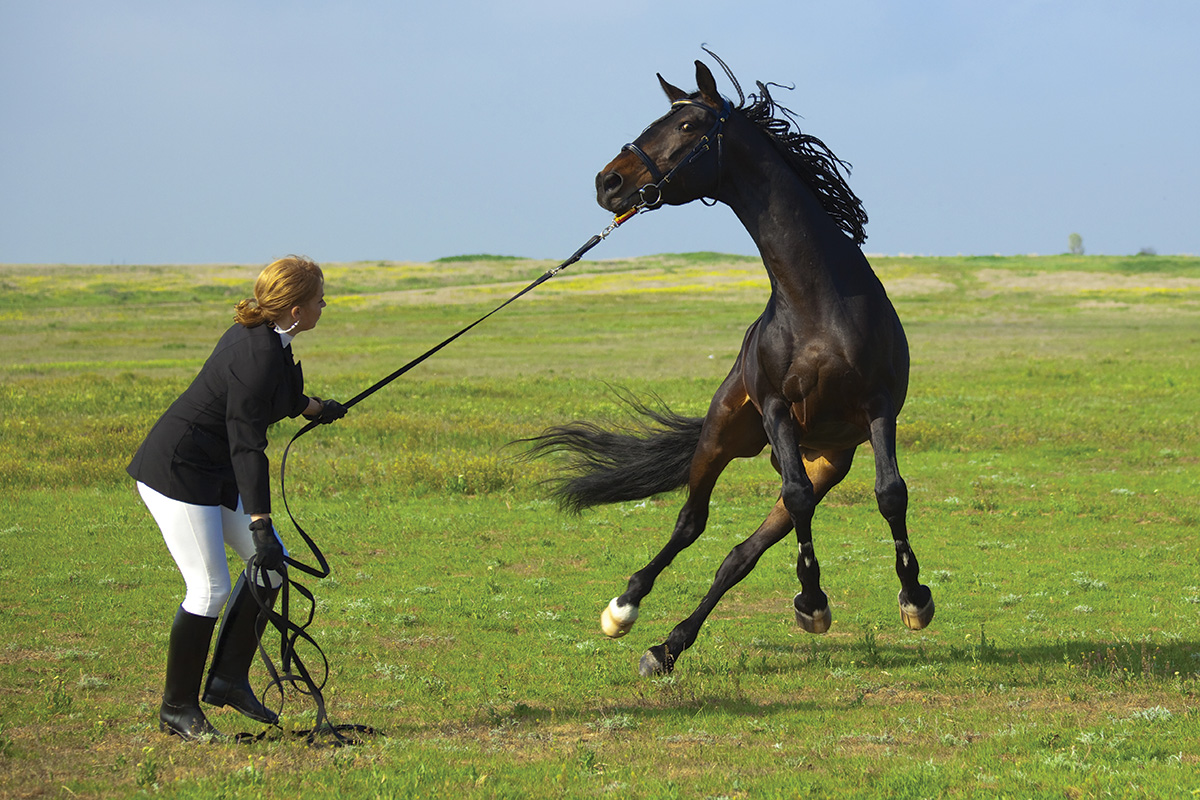
The tried-and-true school horses spoil us. Have the bomb-proof, solid-citizen horses inadvertently taught us that it’s OK to skip some safety steps? If you’ve only been around well-trained horses, it’s easy to forget what can happen.
“When you’ve been around horses long enough, your gut knows best,” says Certified Horsemanship Association CEO Christy Landwehr. “Most of us first learn how to handle horses with a good old schoolmaster. That’s great, but then some of your safety can get a little lazy. If you get lazy in your safety practices, you could get in trouble. Always stick to your safety protocols and listen to your intuition. That ‘what if’ probably won’t happen, but it’s much better to be safe than sorry.”
Here, Landwehr helps us identify some of the most common horse safety issues and shares scenarios she’s gathered from a career of teaching riding and working with horse owners. Read on to find out what can happen if you don’t follow your safety know-how.
Tack Mishap
What Happened:
Jennifer tied her new horse to the post and saddled him up with the main cinch before realizing that the breast collar was going to be too big for him.
“The breast collar was already attached to one side of the saddle,” she says. “I laid the long pieces up over the saddle seat to balance while I went into the tack room to get the leather punch. It was then that the premonition hit me. Would the breast collar stay up on the saddle or could it fall and spook him?
“I thought, ‘Oh, it’ll be all right for a second,’ and went to get the punch. When I walked back outside, the breast collar had slipped and my horse was standing on the loose end, creating tension from where it was attached to the saddle straight to the ground. I walked calmly around him to the side where he was stepping on the leather. I tried to pick up his hoof, but he was already worried. He pulled back with a dramatic spook then stood still, freed from the tension. I was able to get the rope loose quickly and help him calm down, but the incident scared me and my horse.”
Why It Wasn’t the Horse’s Fault:
The horse was in a new environment and on high alert before something felt exceptionally odd. Without a developed trust in his new handler, he was counting on himself. A horse’s instinct is to get away—and if he’s tied, that means pulling back to get away from whatever is scary. He was doing what he knew to do to get safe.
Ultimate Horse Safety Reminders:
Landwehr says that in this case, it was good that the horse’s saddle was attached securely with the main cinch. She says it would have been a much bigger safety issue if the saddle was loose when the horse pulled back.
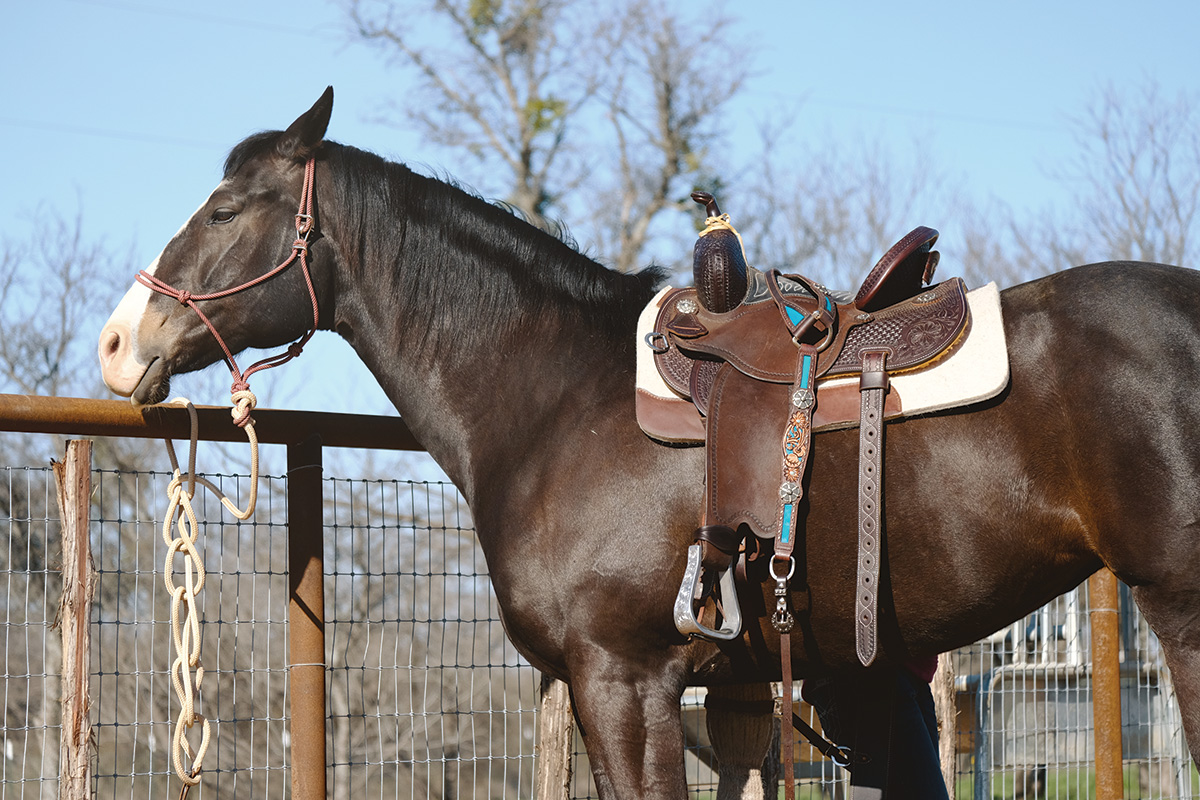
While the breast collar was loose, it was made of leather and would probably have broken with more pressure. It would have been best to securely clip the loose end of the breast collar or to gather all possible tack tools before saddling the horse.
Keep in mind that any horse can pull back. Make sure that you tie your horse with a quick-release knot or use a tie-ring made to give if needed. Plus, it’s never safe to walk under a tied horse to get your grooming supplies or tack. You may risk spooking your horse or getting hit in the head or pushed if the horse moves quickly.
If you tie your horse with cross-ties, make sure that the quick release part of the snap is on the wall and not near the horse. If you ever need to free a panicked horse, you will be safer unclipping the rope at the wall and having a lead line to catch the horse instead of stepping into the horse’s space to try to unclip.
You may also consider what kind of halter you use when tying your horse. Pulling back with a rope halter on can cause more pain to the horse than if he’s tied with a smooth, flat nylon halter with a breakaway strap, or just a flat leather halter.
Botched Blanketing
What Happened:
Madeline arrived home just as a snowstorm was starting.
“We got home just in time to blanket the horses before they got wet,” she says. “In a hurry, I ran into the barn and got my horse’s blanket. She’s always good about standing still for blanketing, so I didn’t take time to halter her first. I thought it would be OK and faster without the halter. I threw the blanket over her back and then reached under her belly to grab the straps. I got the first strap clipped just as a blast of wind came through the barnyard. My horse startled and trotted away a few steps. Her blanket moved over her back and stayed on, but only connected around her belly. She felt the fabric along her flank and was startled again. Thankfully she was confined in a small paddock, but it took me a few minutes to get her halter, calm her, catch her and get her blanket on correctly. I’m so glad she wasn’t hurt and didn’t get her hind legs caught up in the blanket more than she did. I scared myself and her.”
Why It Wasn’t the Horse’s Fault:
Any horse can get worried and move away from perceived danger. In this case, the horse had no reason not to walk or trot away.
Ultimate Horse Safety Reminders:
Whether it’s a blanket or a saddle, there’s a right order to putting on and taking off tack. For a blanket, the main buckle at the chest should be attached first. If the horse moves away, the blanket will stay on without the other straps. If only the belly or back straps are connected, there’s a high chance that the blanket could shift and spook or entangle the horse. When you take off a blanket, all the leg and belly straps should be undone before unbuckling the chest closure.
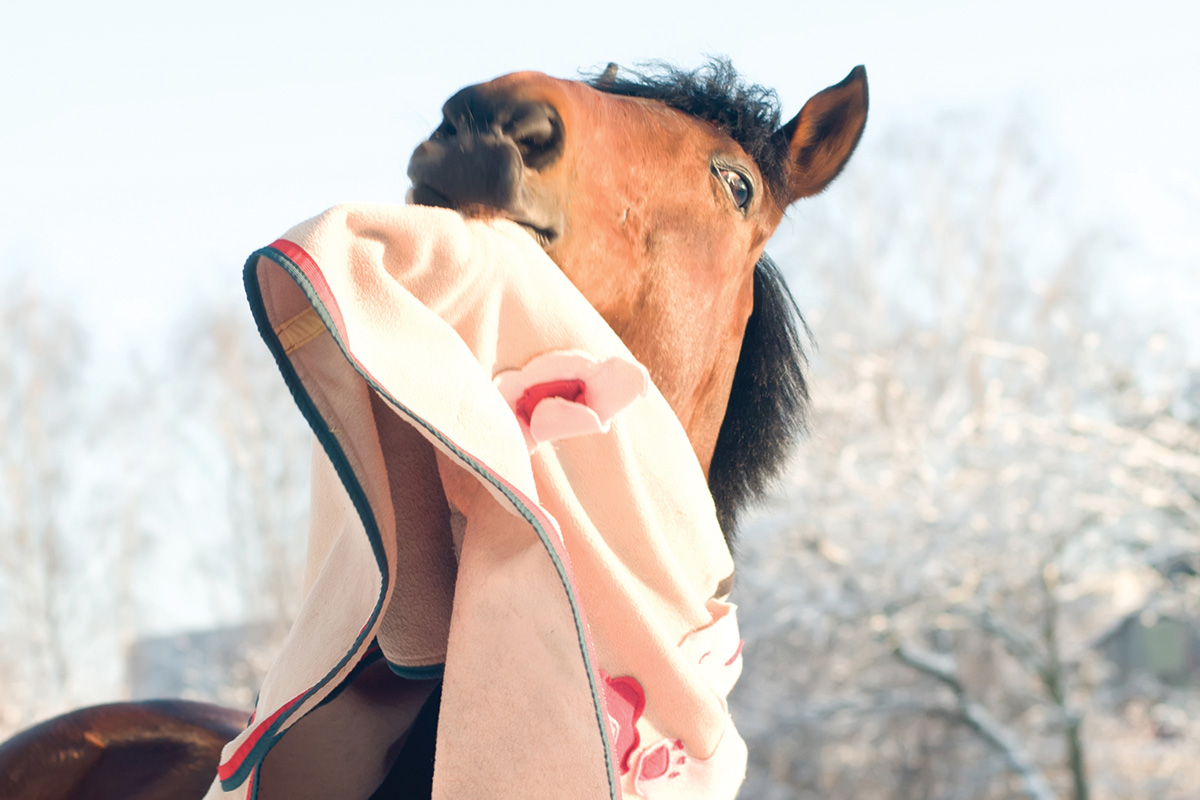
For a saddle, it’s important to attach the main cinch and then attach the back cinch and breast collar. When untacking, the main cinch should always be undone last.
“There’s a definite order of go that you should do,” says Landwehr. “Things fall and spook the horse. If the main cinch of the saddle isn’t on and the horse spooks, you can break your saddle tree or severely traumatize the horse if it swings under his belly. Even if you have a great horse, there’s always a hornet or a bee that comes along at the same time as you’re saddling. Make sure your tack is on right, just in case.”
In this case, it wouldn’t have taken too much longer for Madeline to grab a halter and lead to make sure the horse was caught. Landwehr advises catching your horse with a halter or at least putting the lead rope over his neck so that you have some recourse if he steps away or spooks.
Dismount Gone Wrong
What Happened:
After Erin’s knee surgery, getting on and off her horse felt like the biggest challenge to riding.
“I get on using a plastic mounting block,” she says. “I left the block in the middle of the arena so that I could use it to step back down when I was done with my ride. Jumping down was my biggest worry. I was a little worried about how it would work to dismount this way, but I thought we’d be OK. I walked my horse over to the block and he stood in position to help me get down. I swung my leg around and was ready to step onto the block. My foot hit the plastic and made a thud sound. My horse stepped away at the sound. I lost my balance when he moved, and the whole mounting block fell over, too. I fell to the ground and my horse sidestepped away even more. I was lucky to land on my good leg, but the fall was much scarier than jumping down on purpose.”
Why It Wasn’t the Horse’s Fault:
The mounting block made a strange sound and moved right under the horse’s feet. Those are both events that could cause even a steady-Eddie horse to step away and look.
Ultimate Horse Safety Reminders:
Plastic mounting blocks are made for mounting and should never be used for dismounting. Only dismount onto the ground or a permanent ramp that’s made for mounting and dismounting. Many plastic mounting blocks don’t have a lip at the bottom to prevent tipping—and even if yours does, it may not be enough to stop it from falling over. Plus, there isn’t enough room to place your foot without missing a step. What’s more, the blocks move, and can easily get under your horse’s hooves and belly.
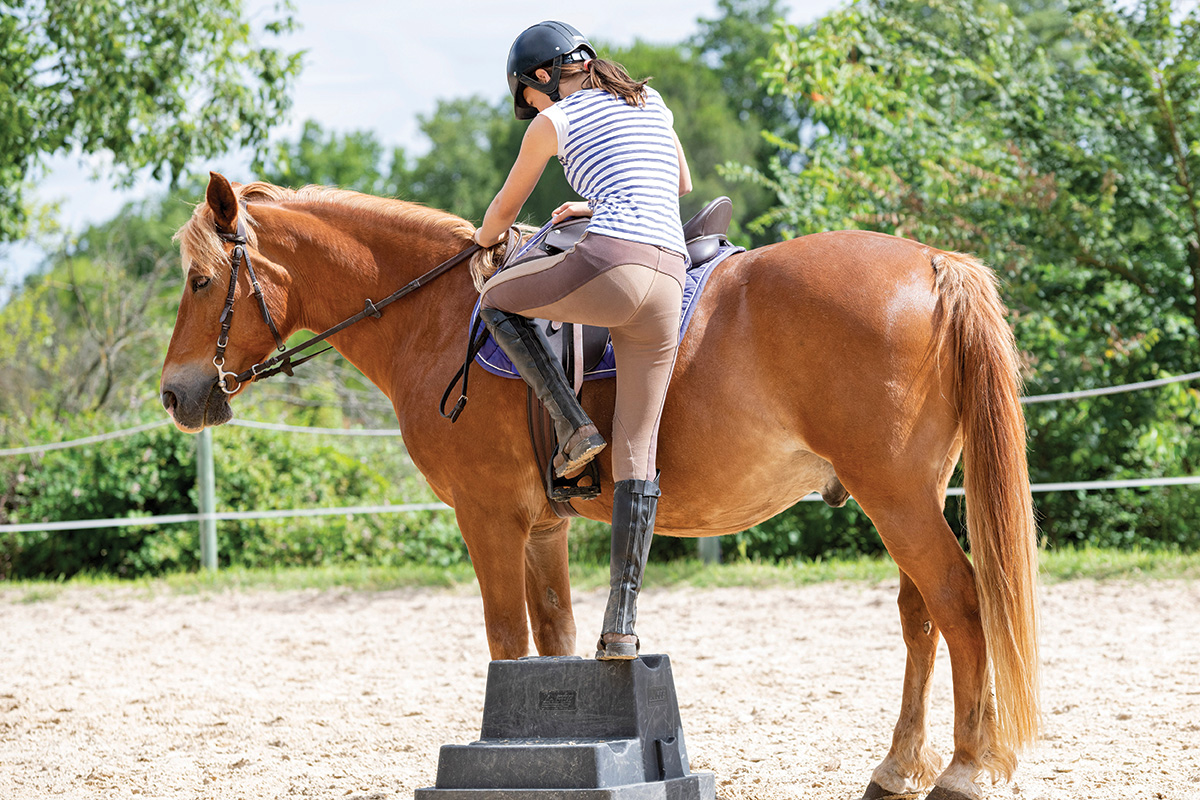
Wide Open Gates
What Happened:
Rebecca let her friend ride one of her horses, and they rode out together in her hayfield.
“It was to be a short but nice little trail ride,” she says. “I didn’t want to take the time to get on and off my horse at the gate, so we opened it before our ride and just left it open as we circled the field. I thought it would be fine to leave it open, since we were just doing a short ride. As we reached the far corner, the horse she was riding turned and saw the open gate. He was off at a full gallop, and she couldn’t stop him. He raced back to the barn where his herd mates were eating their hay and only stopped when he was with them. I’m so glad she stayed on, but it wasn’t a stress-free ride.”
Why It Wasn’t the Horse’s Fault:
“Many horses are gate-sour,” says Landwehr. “They want to go home and be with their herd mates.”
Ultimate Horse Safety Reminders:
Always take the time to close gates when you ride in an arena or when you’re leaving home to ride out in a pasture or trail. While most horses will stay with a buddy horse, it may be too tempting to see other horses at home, especially during meal time.
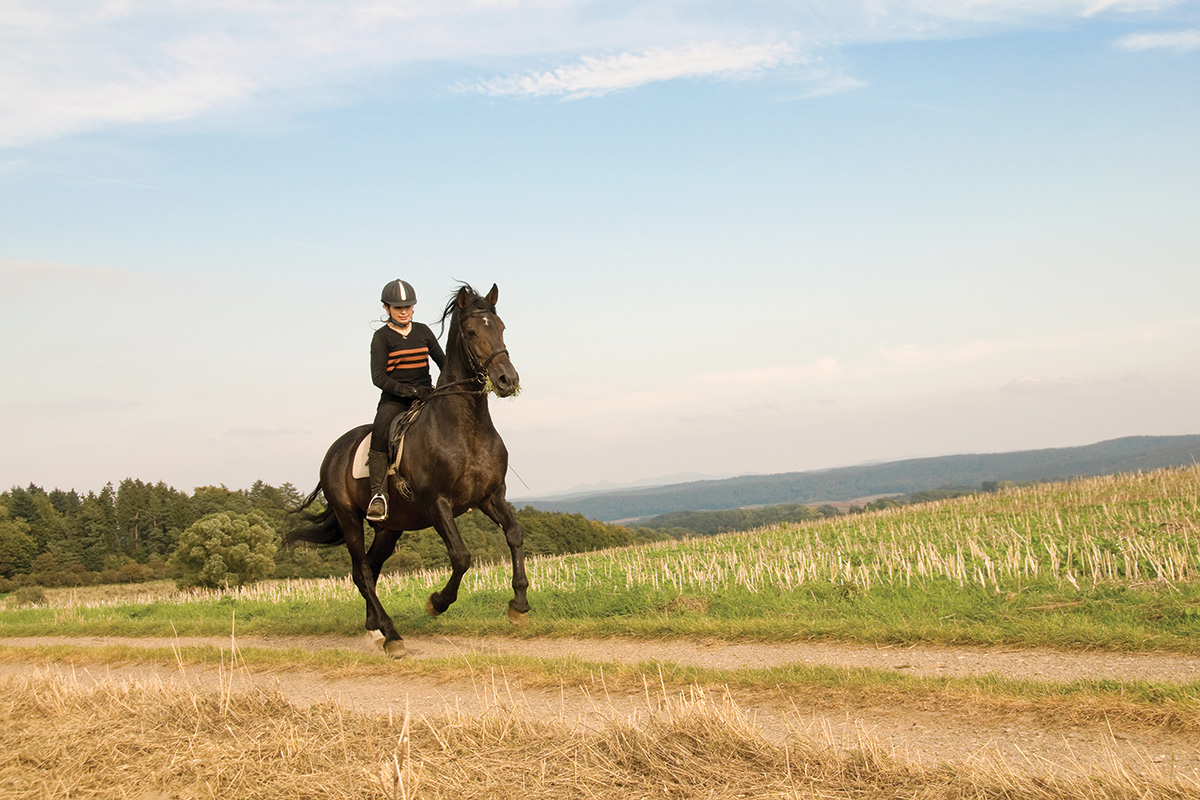
Make sure horses sense you’re in control. Notice the first signs of a horse making his own decisions and correct his nose to look in the direction you want to go. It’s also a good skill to learn an emergency stop so that you have some recourse if your horse takes off.
Even if you do everything right, horses are horses, and will find something new to test you. If you see something that makes you worry, think about what you can do to change it and take the step as soon as your subconscious warns you. Trust your gut!
“You never know what’s going to happen,” says Landwehr. “If something does happen that was unexpected, use it as a chance to learn or to teach others. Humans can’t help but blame, and it’s easy to blame the horse first. But if you learn more about horsemanship and horse behavior, you can give your horse a break and realize what you can do to keep everyone as safe as possible. The problems aren’t going to go away. Education is key. Think, ‘How can I learn from this and make it better the next time?’”
This article about horse safety appeared in the July 2022 issue of Horse Illustrated magazine. Click here to subscribe!


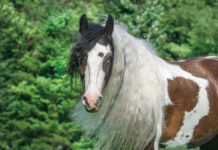
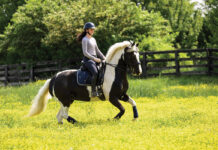


This is a well written and well developed magazine. It became my daughters bible as she started in horsemanship… short stirrup on up to jumpers. She found it very informative.